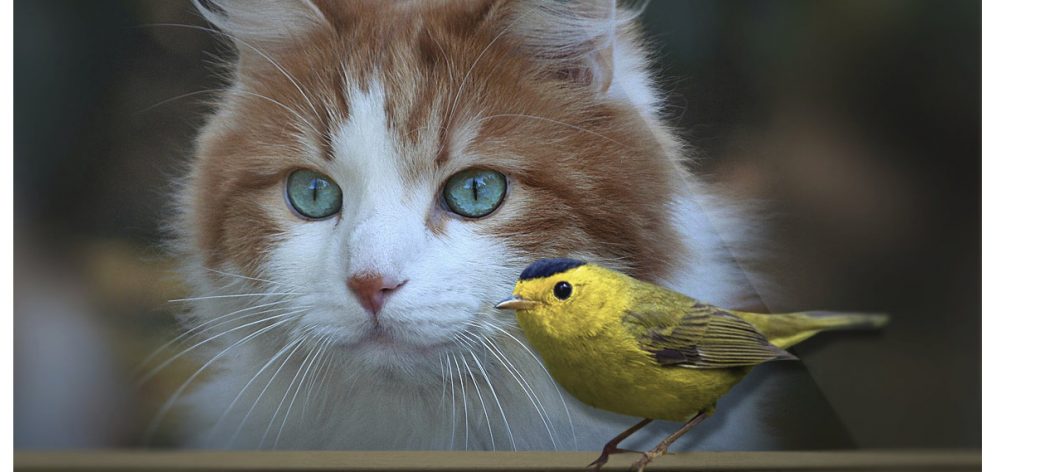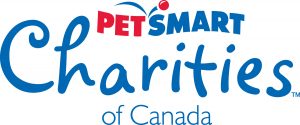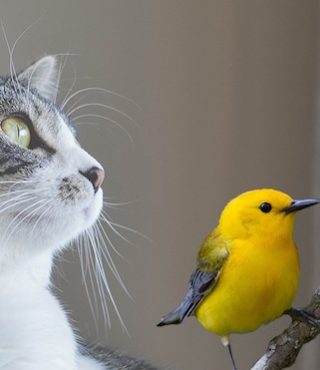Cats & Birds Educational Program, Gr. 7 to 9

Thank you for your interest in our educational program for teachers, humane and wildlife educators to use with students in Grades 7 to 9.
We’re very interested in hearing from you. Please let us know if you have any comments, suggestions or questions. You can reach us at info@catsandbirds.ca, or find us on Facebook or Twitter.
Included in the main package (below) are: Conceptual Framework & Lesson Summary; the Lessons themselves; a Primer for Teachers; a Glossary and Additional Resources (including links to more educational programs, resources and Angel Catbird colouring pages). You can also download a separate file containing a guide to the Curriculum Links.
Lessons at a glance:
1: Cats and Birds 101: A Closer Look (core)
Students identify the key elements of the cat and birds issue and research the multiple stances within the issue.
2: The Great Debate (core)
Students use the information they’ve learned in previous lessons to formulate a stance on the issues involving domestic cats and wild birds, and to prepare and participate in a debate.
3: Data and Proof (optional)
Students graph shelter statistics data from the Canadian Federation of Humane Societies (CFHS) and analyze the results.
4: Population Math:
Using Exponents and Fractions to Demonstrate Cat Reproduction Rates (optional)
Students engage in a math exercise using exponents to demonstrate the potential rate of reproduction of cats and discuss the impact of overpopulation of cats.
5: Environmental Impact Assessment of Cats in a Community (optional)
Students research the environmental impact of cats and complete a simplified assessment to evaluate interactions and make recommendations for going forward.
6: Both Sides of the Tail:
Keeping your Cats Safe or Letting them Roam Unsupervised? (optional)
Students identify viewpoints regarding cats that roam unsupervised and then research possible practices to keep cats safe and the potential impact on the community.
7: This, not That Part l:
Design Time! (optional)
Teams of students design a device or app to enrich a safe cat’s environment and or keep them physically and mentally healthy, or a device or app to help protect wild birds.
8: This, not That Part ll:
Creating Media Text or Advertisements for your Invention (optional)
A group activity in which students develop ways to market the device they invented in This, not That – Part I, and evaluate each other’s approach to marketing.
9: Creating a Community that Protects Cats and Birds Part l:
Bylaws (optional)
Students study the cat bylaws in Calgary, AB and complete a worksheet to explore how bylaws can protect both cats and birds.
10: Creating a Community that Protects Cats and Birds Part ll:
Encouraging Your Local Government (optional)
After comparing their local bylaw with the Calgary model, students write a letter to their local government about how the community could improve the bylaws about cats and birds, with an option to include a town hall role play.
11: Bylaw Talk:
Exploring Legislation to Solve the Issues Surrounding Cats and Birds (optional)
Students explore the role of municipal legislation in solving the issues for domestic cats and wild bird populations, how bylaws can make a community more sustainable, and how such bylaws can affect communities in other countries along birds’ migratory routes.
12: Using Media Texts to Support a Conservation Initiative (optional)
Students analyze Margaret Atwood’s Angel Catbird as a sample of a media text written in support of a conservation initiative, and plan, create and evaluate their own media texts.
13: Angel Catbird in the Classroom (optional)
Students read the graphic novel Angel CatBird to learn about the Cat and Bird issue.
To download the Grades 7 to 9 package, click here.
To download the Curriculum Links for Grades 7 to 9, click here.
We are grateful to PetSmart Charities of Canada for their support of the development of this program.









